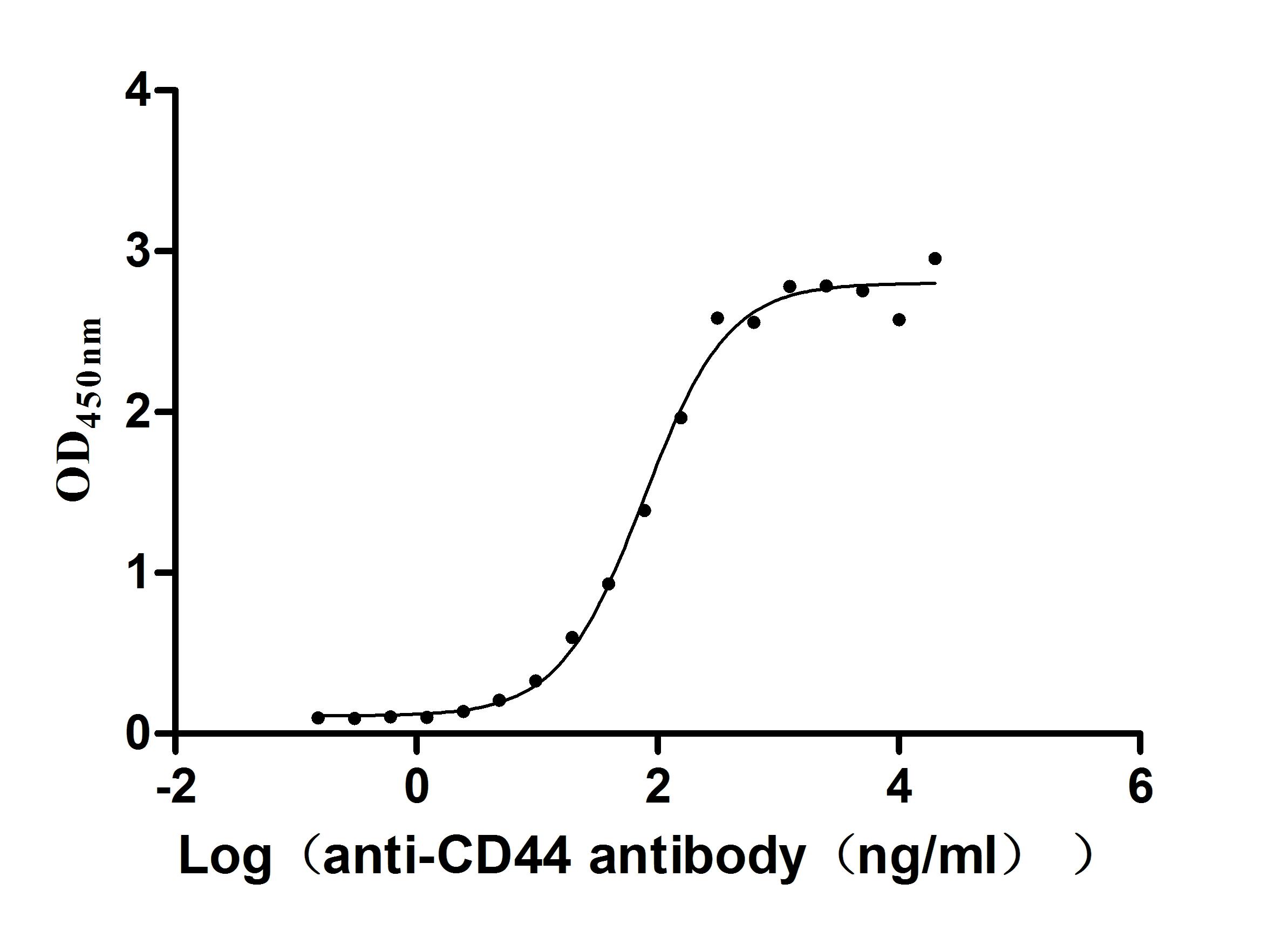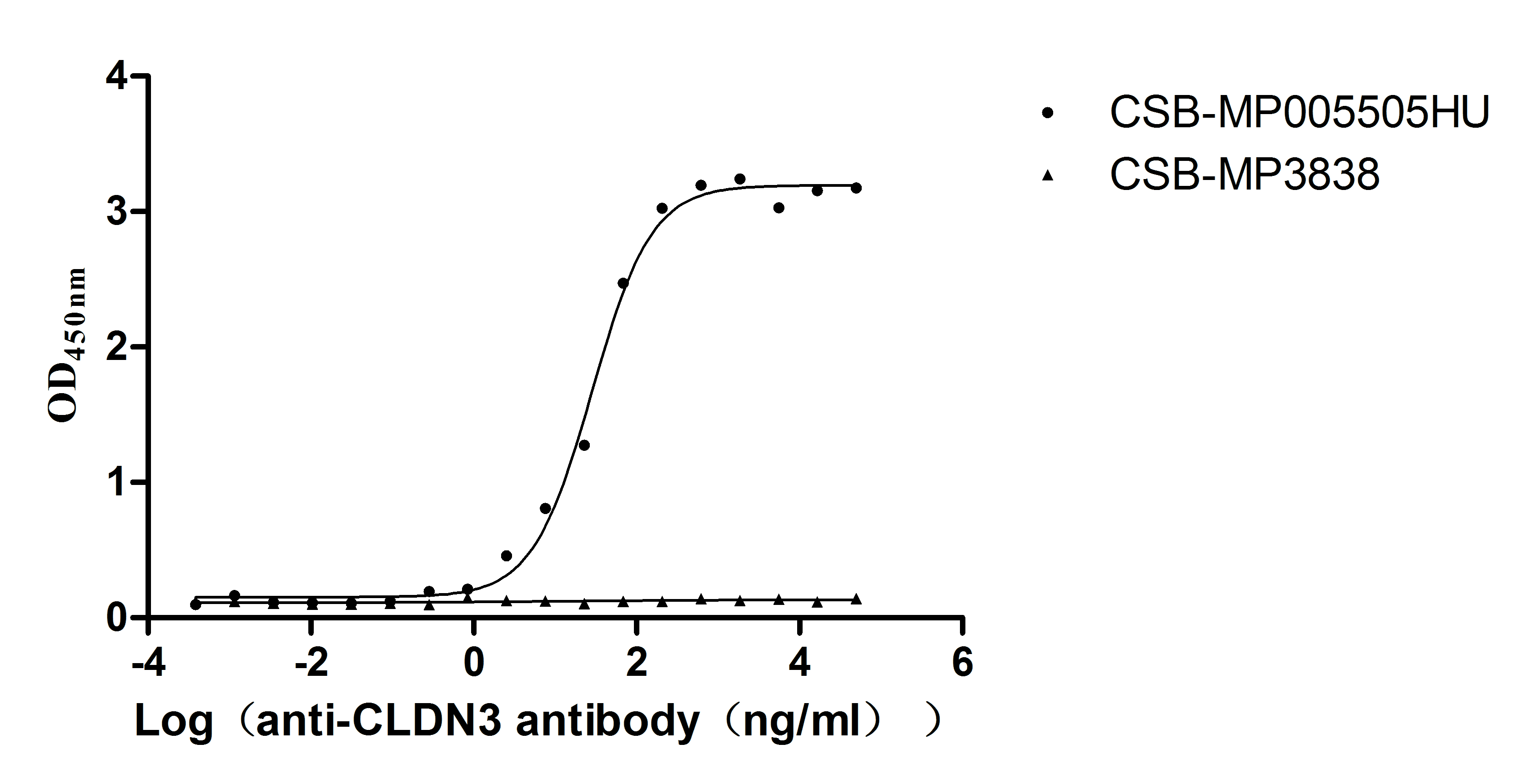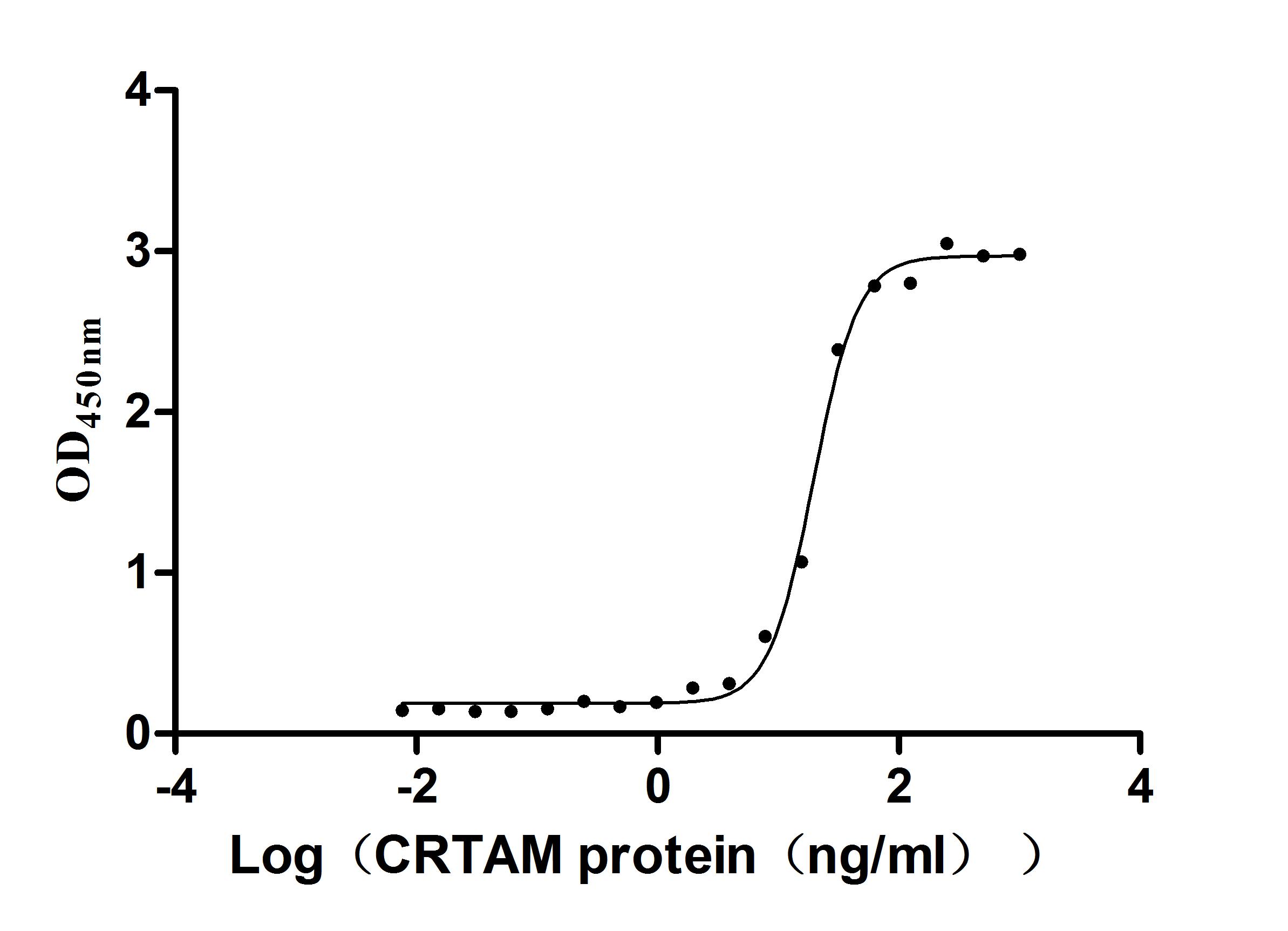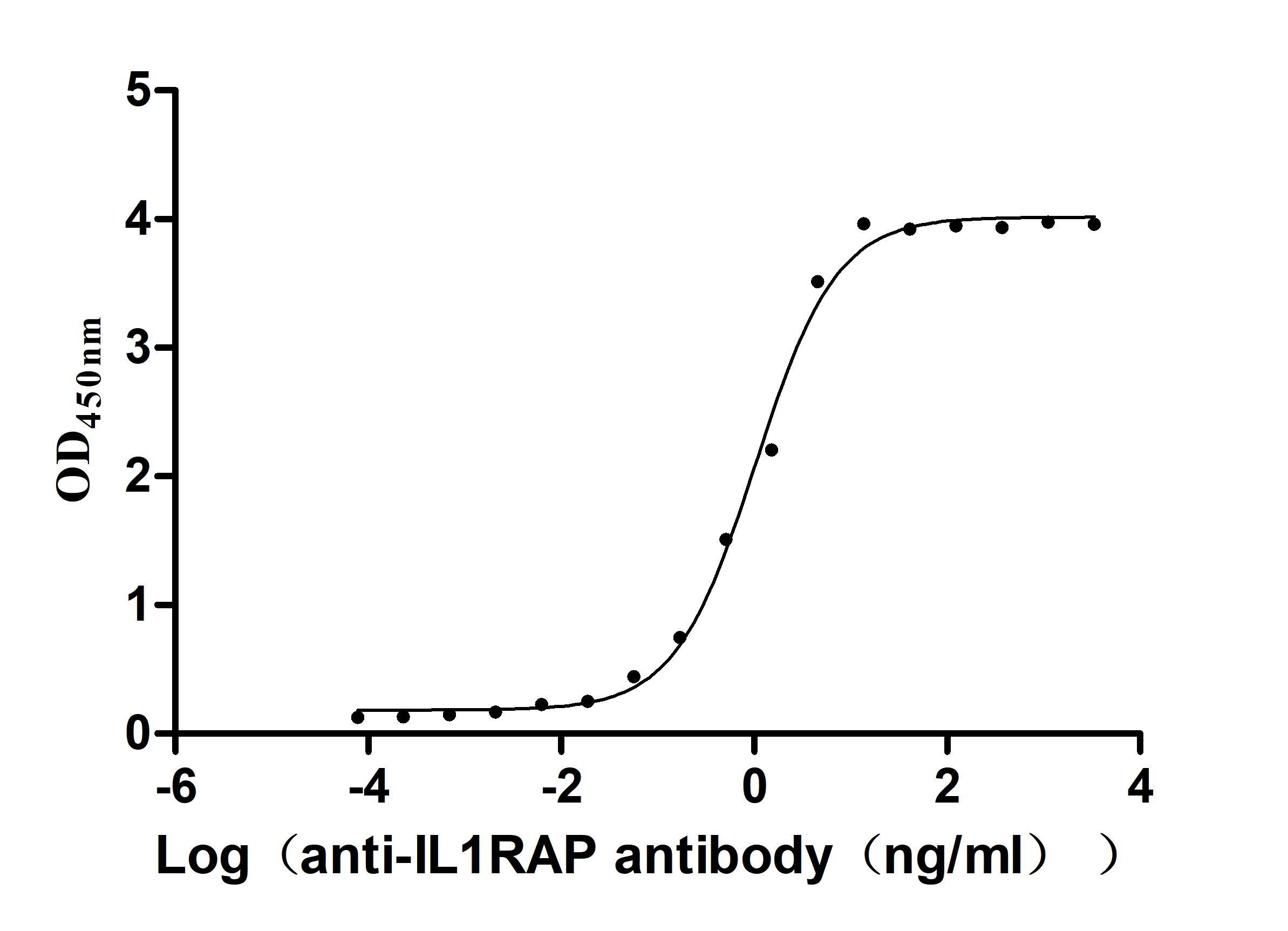Recombinant Mouse F-box/WD repeat-containing protein 1A (Btrc)
Unavailable-
中文名称:Recombinant Mouse F-box/WD repeat-containing protein 1A(Btrc)
-
货号:CSB-YP662374MO
-
规格:
-
来源:Yeast
-
其他:
-
中文名称:Recombinant Mouse F-box/WD repeat-containing protein 1A(Btrc)
-
货号:CSB-EP662374MO
-
规格:
-
来源:E.coli
-
其他:
-
中文名称:Recombinant Mouse F-box/WD repeat-containing protein 1A(Btrc)
-
货号:CSB-EP662374MO-B
-
规格:
-
来源:E.coli
-
共轭:Avi-tag Biotinylated
E. coli biotin ligase (BirA) is highly specific in covalently attaching biotin to the 15 amino acid AviTag peptide. This recombinant protein was biotinylated in vivo by AviTag-BirA technology, which method is BriA catalyzes amide linkage between the biotin and the specific lysine of the AviTag.
-
其他:
-
中文名称:Recombinant Mouse F-box/WD repeat-containing protein 1A(Btrc)
-
货号:CSB-BP662374MO
-
规格:
-
来源:Baculovirus
-
其他:
-
中文名称:Recombinant Mouse F-box/WD repeat-containing protein 1A(Btrc)
-
货号:CSB-MP662374MO
-
规格:
-
来源:Mammalian cell
-
其他:
产品详情
-
纯度:>85% (SDS-PAGE)
-
基因名:
-
Uniprot No.:
-
别名:Btrc; Fbw1; Fbxw1; Fwd1; Kiaa4123; F-box/WD repeat-containing protein 1A; Beta-TrCP protein E3RS-IkappaB; Beta-transducin repeat-containing protein; Beta-TrCP; E3RSIkappaB; mE3RS-IkappaB; F-box and WD repeats protein beta-TrCP; HOS; Ubiquitin ligase FWD1; pIkappaB-E3 receptor subunit
-
种属:Mus musculus (Mouse)
-
蛋白长度:full length protein
-
表达区域:1-605
-
氨基酸序列MDPAEAVLQE KALKFMCSMP RSLWLGCSSL ADSMPSLRCL YNPGTGALTA FQNSSEREDC NNGEPPRKII PEKNSLRQTY NSCARLCINQ ETVCLTSTAM KTENCVAKAK LANGTSSMIV PKQRKLSASY EKEKELCVKY FEQWSESDQV EFVEHLISQM CHYQHGHINS YLKPMLQRDF ITALPARGLD HIAENILSYL DAKSLCAAEL VCKEWYRVTS DGMLWKKLIE RMVRTDSLWR GLAERRGWGQ YLFKNKPPDE NAPPNSFYRA LYPKIIQDIE TIESNWRCGR HSLQRIHCRS ETSKGVYCLQ YDDQKIVSGL RDNTIKIWDK STLECKRILT GHTGSVLCLQ YDERVIITGS SDSTVRVWDV NAGEMLNTLI HHCEAVLHLR FNNGMMVTCS KDRSIAVWDM ASPTDITLRR VLVGHRAAVN VVDFDDKYIV SASGDRTIKV WNTSTCEFVR TLNGHKRGIA CLQYRDRLVV SGSSDNTIRL WDIECGACLR VLEGHEELVR CIRFDNKRIV SGAYDGKIKV WDLMAALDPR APAGTLCLRT LVEHSGRVFR LQFDEFQIVS SSHDDTILIW DFLNDPAAHA EPPRSPSRTY TYISR
-
蛋白标签:Tag type will be determined during the manufacturing process.
The tag type will be determined during production process. If you have specified tag type, please tell us and we will develop the specified tag preferentially. -
产品提供形式:Lyophilized powder
Note: We will preferentially ship the format that we have in stock, however, if you have any special requirement for the format, please remark your requirement when placing the order, we will prepare according to your demand. -
复溶:We recommend that this vial be briefly centrifuged prior to opening to bring the contents to the bottom. Please reconstitute protein in deionized sterile water to a concentration of 0.1-1.0 mg/mL.We recommend to add 5-50% of glycerol (final concentration) and aliquot for long-term storage at -20℃/-80℃. Our default final concentration of glycerol is 50%. Customers could use it as reference.
-
储存条件:Store at -20°C/-80°C upon receipt, aliquoting is necessary for mutiple use. Avoid repeated freeze-thaw cycles.
-
保质期:The shelf life is related to many factors, storage state, buffer ingredients, storage temperature and the stability of the protein itself.
Generally, the shelf life of liquid form is 6 months at -20°C/-80°C. The shelf life of lyophilized form is 12 months at -20°C/-80°C. -
货期:Delivery time may differ from different purchasing way or location, please kindly consult your local distributors for specific delivery time.Note: All of our proteins are default shipped with normal blue ice packs, if you request to ship with dry ice, please communicate with us in advance and extra fees will be charged.
-
注意事项:Repeated freezing and thawing is not recommended. Store working aliquots at 4°C for up to one week.
-
Datasheet :Please contact us to get it.
靶点详情
-
功能:Substrate recognition component of a SCF (SKP1-CUL1-F-box protein) E3 ubiquitin-protein ligase complex which mediates the ubiquitination and subsequent proteasomal degradation of target proteins. Recognizes and binds to phosphorylated target proteins. SCF(BTRC) mediates the ubiquitination of phosphorylated NFKB, ATF4, CDC25A, DLG1, FBXO5, PER1, SMAD3, SMAD4, SNAI1 and probably NFKB2. SCF(BTRC) mediates the ubiquitination of CTNNB1 and participates in Wnt signaling. SCF(BTRC) mediates the ubiquitination of NFKBIA, NFKBIB and NFKBIE; the degradation frees the associated NFKB1 to translocate into the nucleus and to activate transcription. Ubiquitination of NFKBIA occurs at 'Lys-21' and 'Lys-22'. SCF(BTRC) mediates the ubiquitination of CEP68; this is required for centriole separation during mitosis. SCF(BTRC) mediates the ubiquitination and subsequent degradation of nuclear NFE2L1. Has an essential role in the control of the clock-dependent transcription via degradation of phosphorylated PER1 and PER2. May be involved in ubiquitination and subsequent proteasomal degradation through a DBB1-CUL4 E3 ubiquitin-protein ligase. Required for activation of NFKB-mediated transcription by IL1B, MAP3K14, MAP3K1, IKBKB and TNF. Required for proteolytic processing of GLI3. Mediates ubiquitination of REST, thereby leading to its proteasomal degradation. SCF(BTRC) mediates the ubiquitination and subsequent proteasomal degradation of KLF4; thereby negatively regulating cell pluripotency maintenance and embryogenesis.
-
基因功能参考文献:
- beta-TrCP regulates the transition from mitosis to meiosis in male germ cells by targeting DMRT1 for degradation. PMID: 28982686
- Data indicate a critical physiological function of beta-TRCP in regulating hepatic lipid metabolic homeostasis in part through modulating Lipin1 stability. PMID: 28049764
- betaTrCP levels are correlated with imiquimod-induced skin lesion. PMID: 27476970
- beta-TrCP1/FWD1 dominant negative mutant has a role in reducing myeloma cell growth PMID: 26009993
- Erbin as a novel substrate of SAG-betaTrCP E3 ligase. PMID: 26056141
- these results clearly suggest that both beta-TrCP- and Hrd1-dependent degradation mechanisms regulate the transcriptional activity of Nrf1 to maintain cellular homeostasis. PMID: 21911472
- beta-TrCP may be an essential player in UVB induced responses in skin PMID: 21187057
- Glycogen synthase kinase 3 phosphorylates a group of Ser residues in the Neh6 domain of mouse Nrf2 that overlap with an SCF/beta-TrCP destruction motif (DSGIS, residues 334 to 338) and promotes its degradation in a Keap1-independent manner. PMID: 21245377
- LPS appears to destabilize the LPCAT1 protein by GSK-3beta-mediated phosphorylation within a canonical phosphodegron for beta-TrCP docking and site-specific ubiquitination. PMID: 21068446
- the two beta-TrCP paralogs have a nonredundant role in spermatogenesis PMID: 20194439
- anti-inflammatory effects of H(2)O(2) may result from its ability to decrease ubiquitination as well as subsequent degradation of I kappaB alpha through inhibiting the association between I kappaB alpha and SCF(beta-TrCP) PMID: 19933270
- Results suggest a role for Btrc in regulating the eventual ratio of resulting differentiated retinal cell types. PMID: 19705444
- hnRNP-U engages a highly neddylated active SCF beta-TrCP which dissociates in the presence of a high-affinity substrate, resulting in the ubiquitination of the latter. PMID: 11850407
- HOS plays a role in inhibiting cell differentiation and cell transformation PMID: 12151397
- b-TrCP controls meiotic and mitotic progression in vivo. PMID: 12791266
- beta-TrCP1 contributes to, but is not absolutely required for, the degradation of I kappa B and beta-catenin PMID: 12843402
- mammary glands of betaTrcp1(-/-) female mice display a hypoplastic phenotype, whereas no effects on cell proliferation are observed in other somatic cells PMID: 15340078
- Cancer cell lines harboring Smad4 point mutations exhibited rapid Smad4 protein degradation due to the effect of SCF(beta-TrCP1), also called Btrc. PMID: 15855639
- Results indicate that the turnover of Mcl-1 by beta-TrCP is an essential mechanism for GSK-3beta-induced apoptosis and contributes to GSK-3beta-mediated tumor suppression and chemosensitization. PMID: 17387146
- Data show that beta-TrCP2 and beta-TrCP1 target PER2 protein in vitro, and also show that the beta-TrCP binding site of PER2 is recognized by both beta-TrCP1 and beta-TrCP2. PMID: 18782782
- Isoforms of beta-transducin repeat containing protein generated by alternative splicing may have different biological roles. PMID: 18929646
- results identify IKK2 and beta-TrCP1 as novel regulators of the p53 pathway and suggest that blocking of IKK2 and beta-TrCP1 could be a means of regulating p53 stability and thereby modulating its biological activity PMID: 19196987
显示更多
收起更多
-
亚细胞定位:Cytoplasm. Nucleus.
-
组织特异性:Expressed in heart, brain, liver, skeletal muscle and, most strongly, in testis.
-
数据库链接:
Most popular with customers
-
Recombinant Human Signal transducer CD24 (CD24)-Nanoparticle (Active)
Express system: Mammalian cell
Species: Homo sapiens (Human)
-
Recombinant Macaca mulatta Semaphorin-4D isoform 1 (SEMA4D), partial (Active)
Express system: Mammalian cell
Species: Macaca mulatta (Rhesus macaque)
-
Recombinant Mouse Tyrosine-protein kinase Mer (Mertk), partial (Active)
Express system: Mammalian cell
Species: Mus musculus (Mouse)
-
Recombinant Mouse Claudin-18.2 (Cldn18.2)-VLPs (Active)
Express system: Mammalian cell
Species: Mus musculus (Mouse)
-
Recombinant Macaca fascicularis CD44 antigen (CD44), partial (Active)
Express system: Mammalian cell
Species: Macaca fascicularis (Crab-eating macaque) (Cynomolgus monkey)
-
Recombinant Human Claudin-3 (CLDN3)-VLPs (Active)
Express system: Mammalian cell
Species: Homo sapiens (Human)
-
Recombinant Human Cell adhesion molecule 1 (CADM1), partial (Active)
Express system: Mammalian cell
Species: Homo sapiens (Human)
-
Recombinant Macaca fascicularis Interleukin 1 receptor accessory protein(IL1RAP), partial (Active)
Express system: Mammalian cell
Species: Macaca fascicularis (Crab-eating macaque) (Cynomolgus monkey)


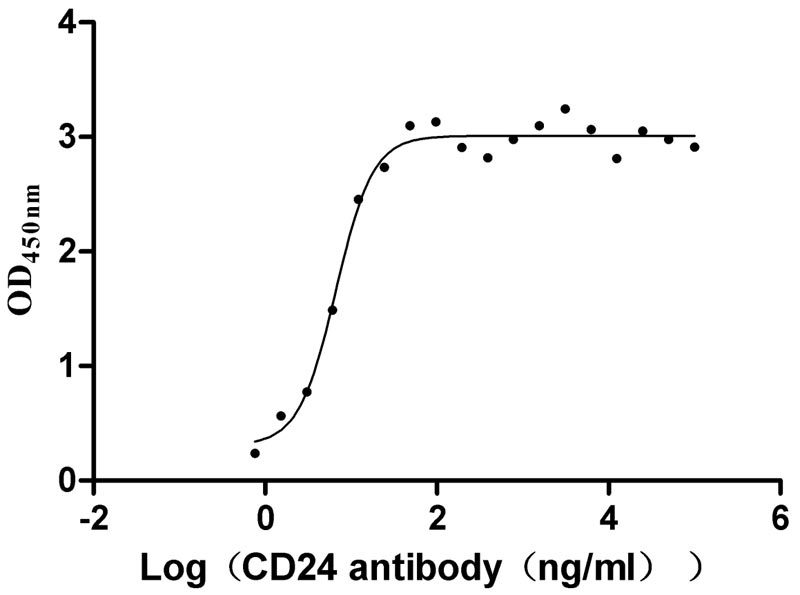
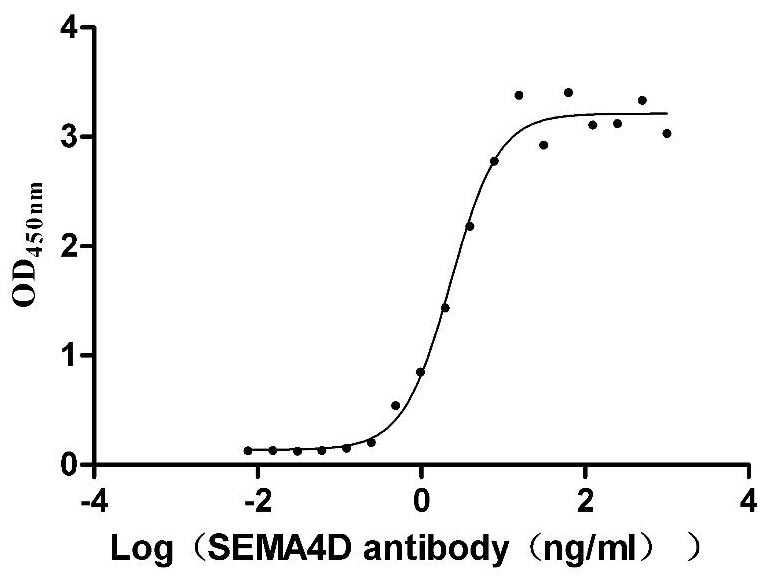
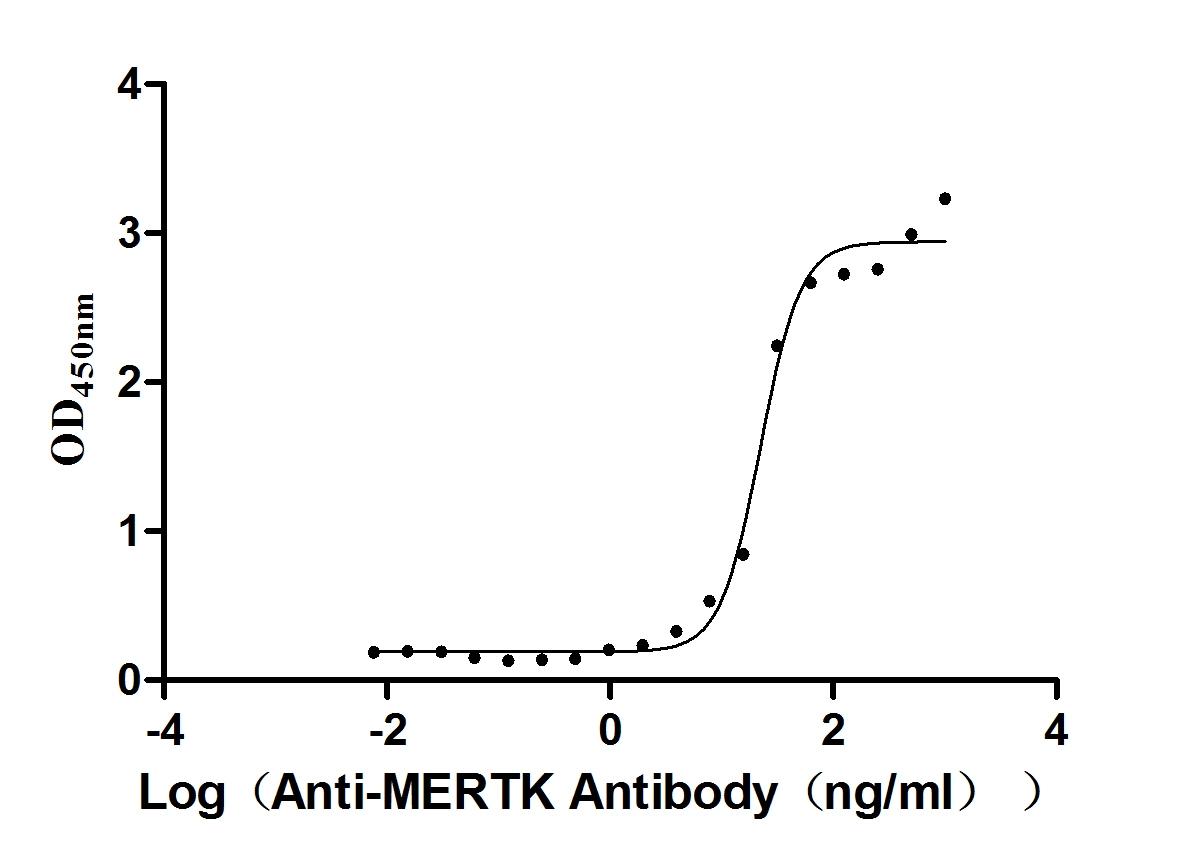
-AC1.jpg)
